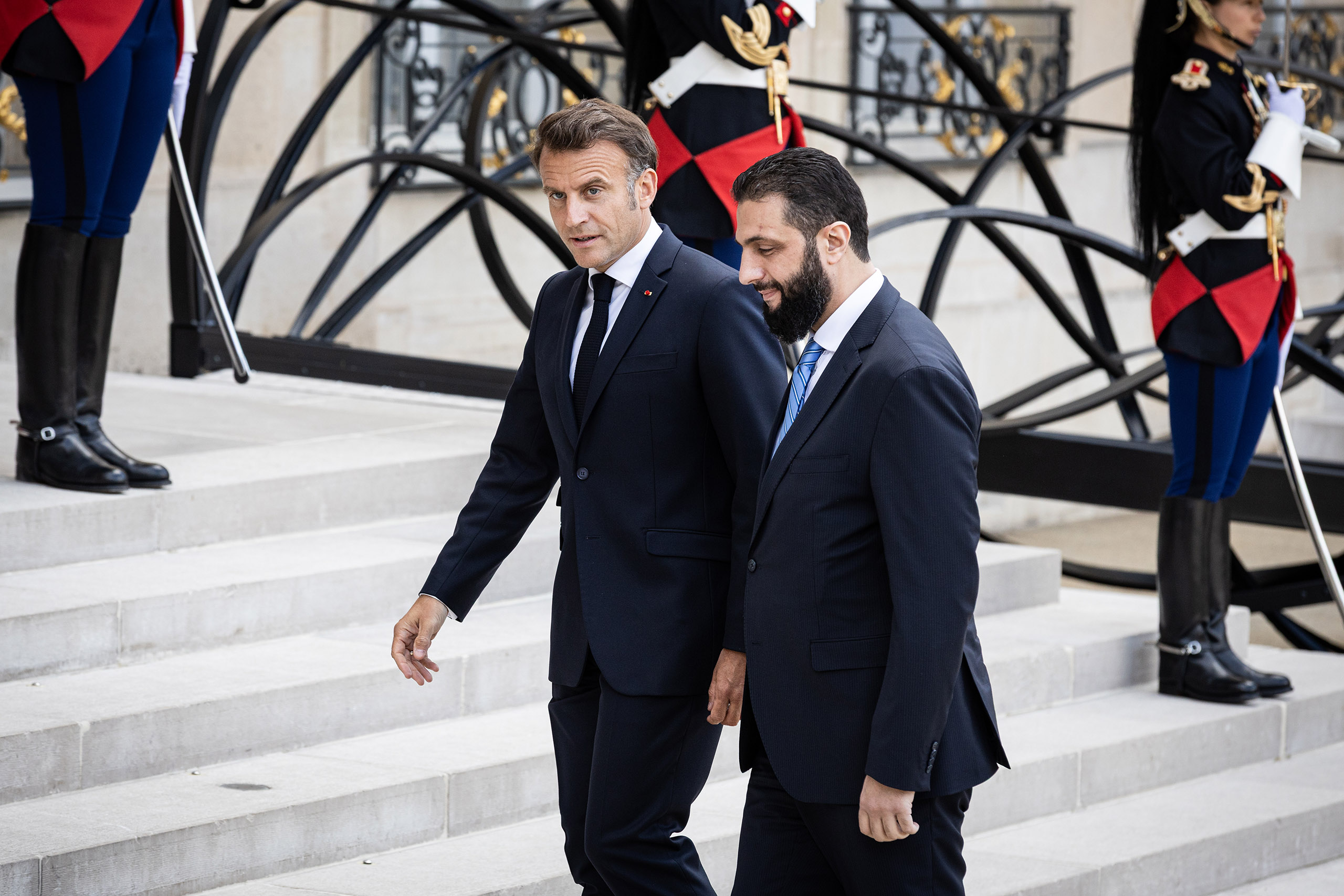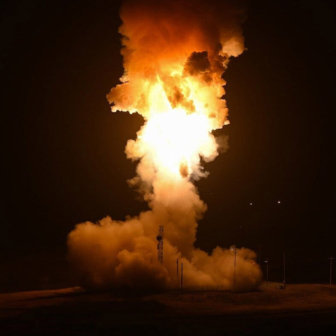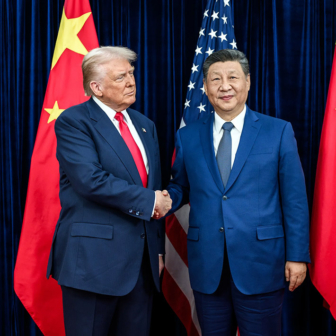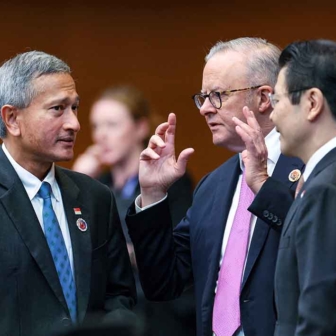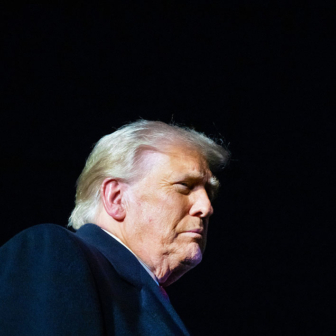Much has been made in recent weeks of the signs of unrest among two pieces of Syria’s ethnic and confessional mosaic. Commentators in the West have pounced on recent violent clashes between government forces and Alawi along the Syrian coast, and against Druze communities in suburban Damascus, to suggest that president Ahmed al-Sharaa’s plan to bring all of Syria’s communities into a reunified state is under threat.
Readers might be left with the impression that the government has initiated violent means to force regions to comply with structural reforms designed to deal with diehard adherents of rebel or Assad-era commanders. Both attacks are presented as signs of a failure to find a useful role for ex-fighters whose records for savagery have prevented their absorption into new security forces or administrative structures.
In the wings, Israeli leaders have loudly claimed a role in protecting the Druze communities in the governorates south of Damascus. Israel’s narrative-shaping machine, Hasbara, has quickly cranked into gear, with prime minister Benjamin Netanyahu filmed on the Golan plateau in front of Mount Hermon. Gazing across the Syrian Hauran he claimed that Israel had come to the aid of the threatened Druze and suggested Islamist elements of the Assad era might have stored weapons depots across the three southern provinces.
Do the Druze want to be saved? A large Druze presence in Israel’s north enjoys many of the privileges of full Israeli citizenship (even enrolment in the IDF) and Israel has for decades used the much larger Druze concentrations in Syria as a means of gaining purchase in that country. The ever-eloquent Bezalel Smotrich, whose party provides the numbers holding together Netanyahu’s cabinet, had no hesitation in declaring his hand when he said publicly that Israel’s campaign in Gaza and its wider dimensions would only end with Syria’s dismantlement.
President al-Sharaa has shown little sign of wanting to cooperative with Netanyahu’s use of distractions across Israel’s borders to help strengthen the Israeli coalition’s hold on power. He has avoided using the vapid language of the Assad era, which customarily referred to the “Zionist enemy,” instead opening an indirect channel to Israel to underline his resolve to keep Syria together in the face of formidable economic and social tensions.
Al-Sharaa has also ended Syrian governments’ decades-long refusal to allow Syrian Druze to attend ceremonies in the Israeli heartland of Galilee at the shrine of their prophet, al-Nabi Shu’ayb, a figure linked to the Old Testament prophet Jethro. Some 600 Syrian Druze were given the green light to travel there in late April, hardly evidence of a Syrian ruler determinedly hostile to the Druze. Though the visit was widely reported (without commentary) in the Israeli media, it was entirely overlooked by Western outlets more interested in bad news stories out of Syria.
Less than one in twenty of Syria’s 700,000 or more Druze live in the zone contiguous with Israeli-held Golan. Outside Damascus the highest concentration of Syrian Druze is on the fringes of mountainous area around Jebel al-Hauran, 110 kilometres or more from the UN zone separating Israel and Syria. In between lies territory largely populated by Sunni, Orthodox Christians and Circassians, with only sprinklings of Druze. The challenge of biting off such a large chunk of Syria would dwarf anything the Israelis have historically attempted in firming their borders.
One theme that has rarely emerged in official Western commentaries is the need to preserve Syria’s territorial integrity rather than allow it to fall to numerous outside claimants. The question is how that integrity might be preserved in the face of avaricious claims by neighbouring countries. Israel’s attempt to stake a claim on southern Syria (four of the country fourteen provinces) might signal that Israel doesn’t share this ambition. As early as the week of Assad’s fall it asserted a right to intervene in enfeebled Syria. Since then it has claimed the right to destroy all of Syria’s weaponry and materiel and mounted a campaign of bombardments, even including targets, such as the outer enclosure of the Damascus presidential palace, that were designed to demonstrate Israeli resolve.
Until this month, Western responses had nevertheless been muted. Countries that supported the years of sanctions devised to punish the old regime have been hesitant to accept that sanctions are an ill fit if the aim is to avoid further complicating al-Sharaa’s job of keeping Syria unified. If the president falters then that will be time to say so, but at this point a well-rounded acknowledgement of what he is up against would be more helpful.
Three months after inaugurating his salvation government, al-Sharaa has clearly had a shaky start. After reporting on the initial nightly crowds celebrating the fall of Assad’s tyranny in the streets of Damascus, much of the Western media has settled back into the “rinse and repeat” school that marked the thirteen years of conflict. Massacres are reported with no analysis of what viewers were seeing. The one-dimensional picture relentlessly pursued during the Syrian conflict makes tempting television but often obliterates vital background.
For Syria’s goal of being readmitted to international forums, a more telling development was al-Sharaa’s meeting with French president Emmanuel Macron in Paris on 8 May. Macron set the terms of the visit cautiously, emphasising that the removal of sanctions must be a staged process in line with developments on the ground. It must also be matched, France says, by a structure for dealing with past wrongs — a necessary step in isolating those elements, still on the loose, that were responsible for past massacres of civilians.
Al-Sharaa seemed to be listening. During his visit he met with an exiled Syrian constitutional lawyer, Moatasim al-Kilani, who later told the media that al-Sharaa had assured him an independent Transitional Justice Commission was forthcoming and noted that “national justice cannot be built on slogans.”
Then, just yesterday in Riyadh, the US president trumped more hesitant Western leaders by announcing the lifting of American sanctions on Syria and the resumption of relations with its government. Apparently at the suggestion of the Saudi Crown Prince, this is an unexpected but welcome move.
But such progress could be threatened if Western countries turn a blind eye to Israel’s toying with a break-up of Syria. Surely the Israeli claim to a special security interest has worn thin in the face of the massively disproportionate loss of civilian life and destruction in Gaza over the past eighteen months.
A hundred years ago France found that tackling a separatist campaign in Druze-land — the Great National Revolt of 1925–27 — turned into the bloodiest confrontation it faced during the Mandate era. We should be mindful of the extent of infighting between religious and political factions on the Druze side of that encounter. Those divisions enabled the French to play favourites, reassert control and eventually fold the Jabal al-Druze, or État des Druzes, into a unitary Syrian state.
Running a Druze canton is not a challenge to be recommended. And it is incumbent on Israel’s friends to remind them that the breakup of Syria as a gesture to appease the Israeli far right is not a shared ambition. •
